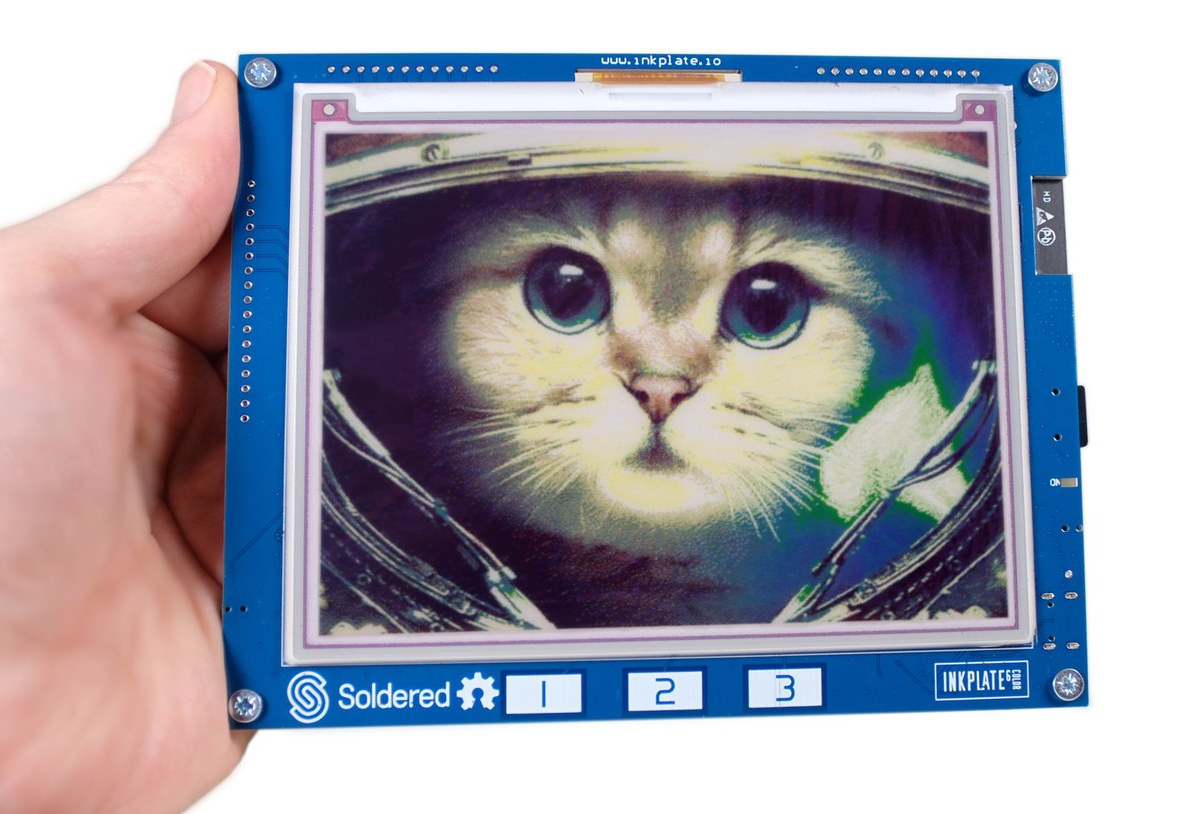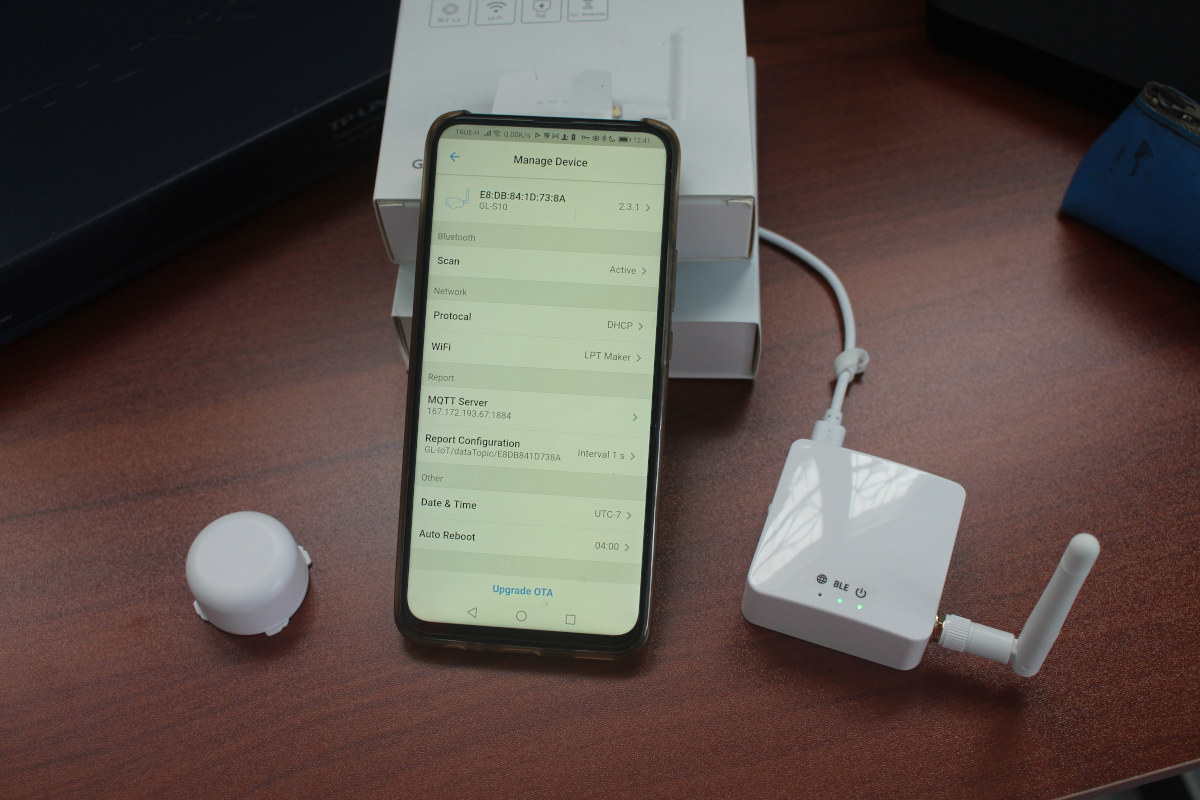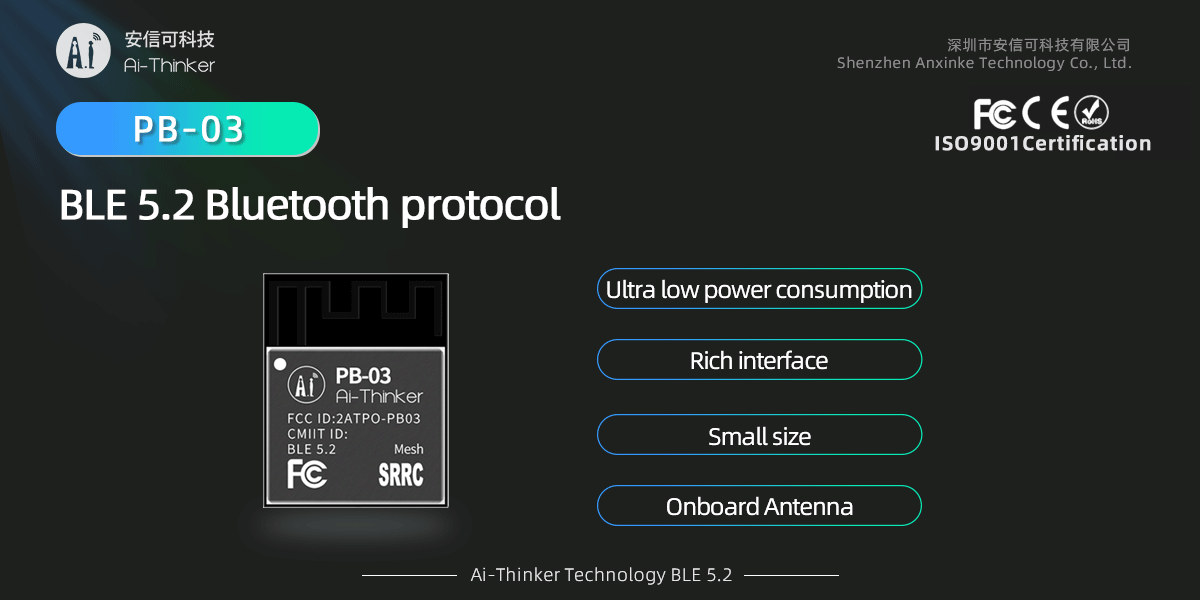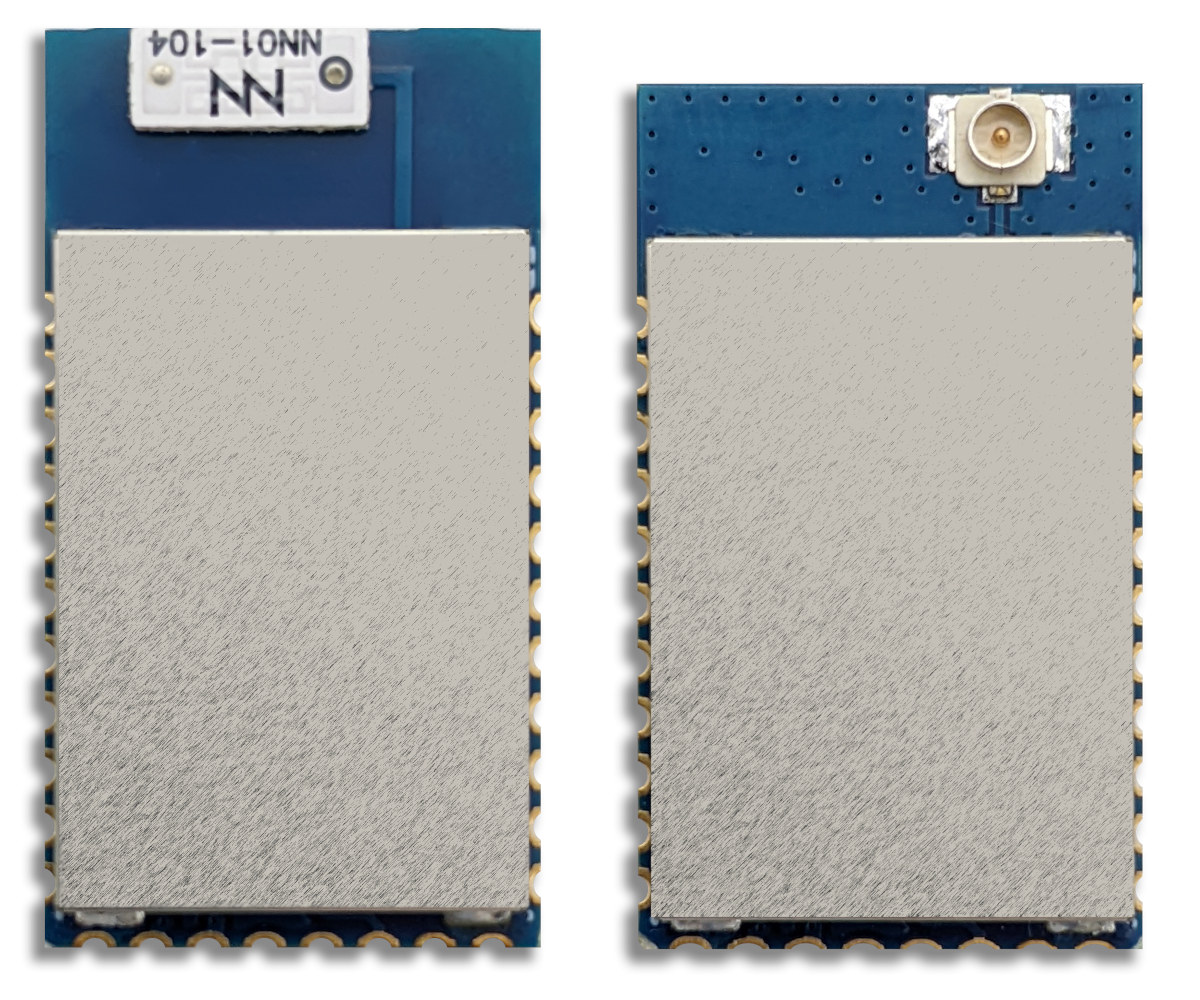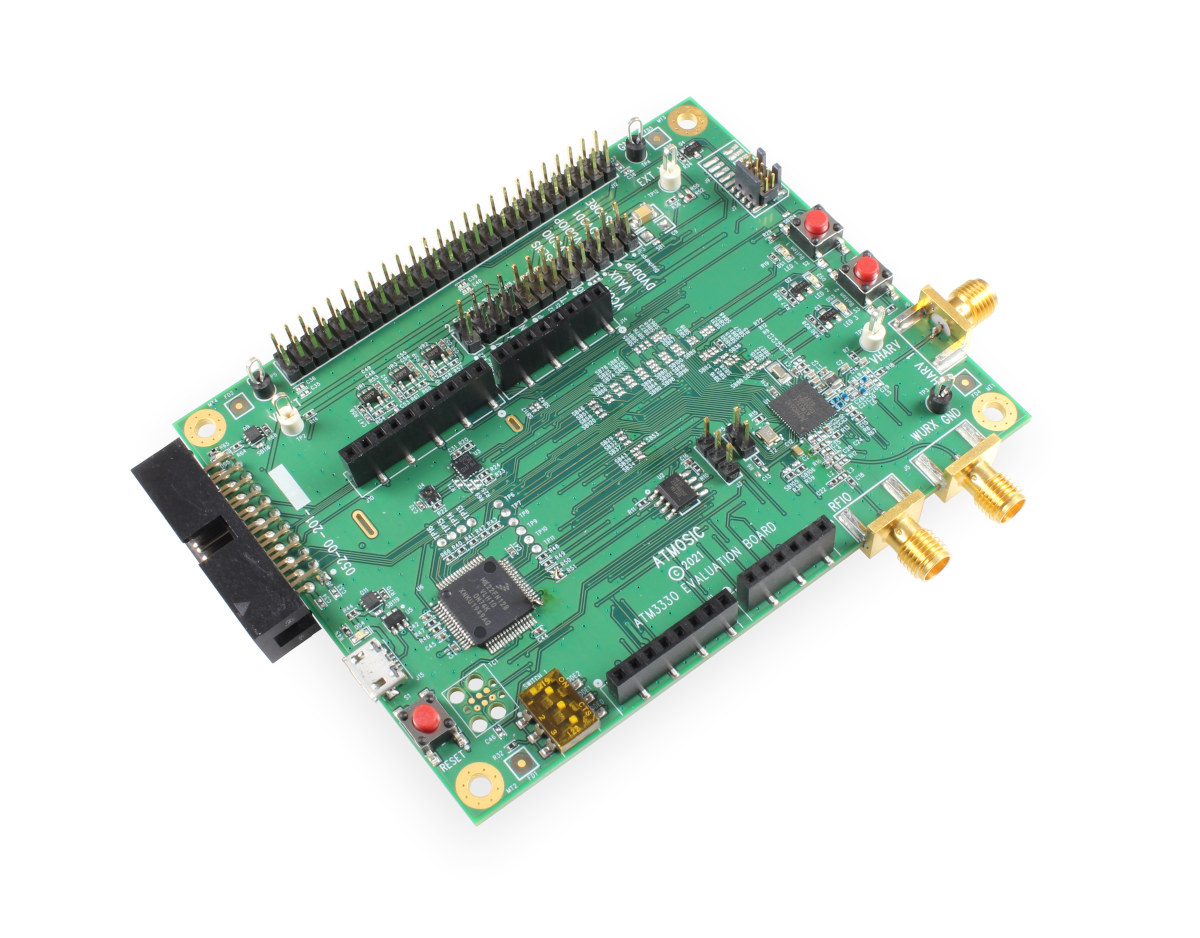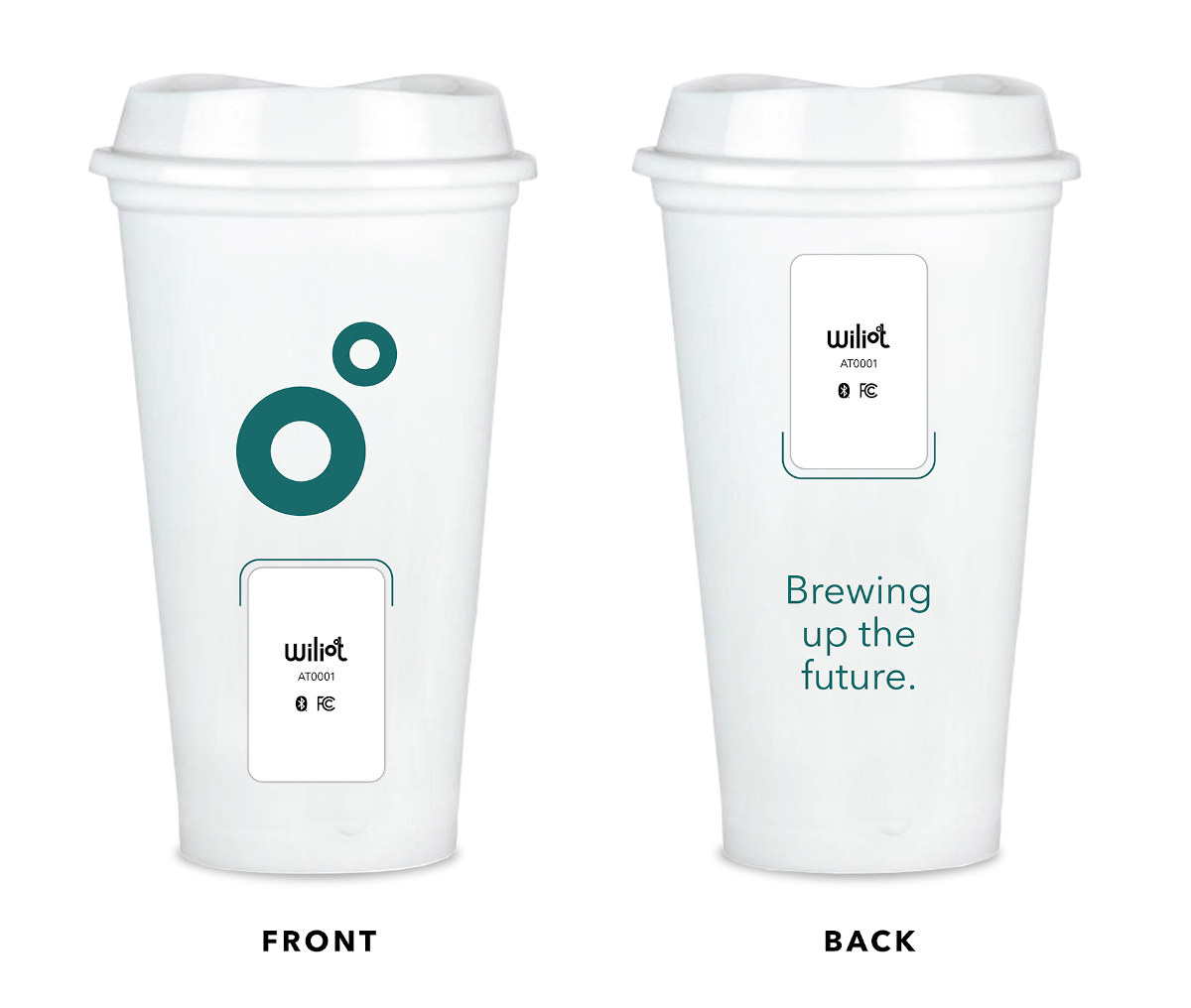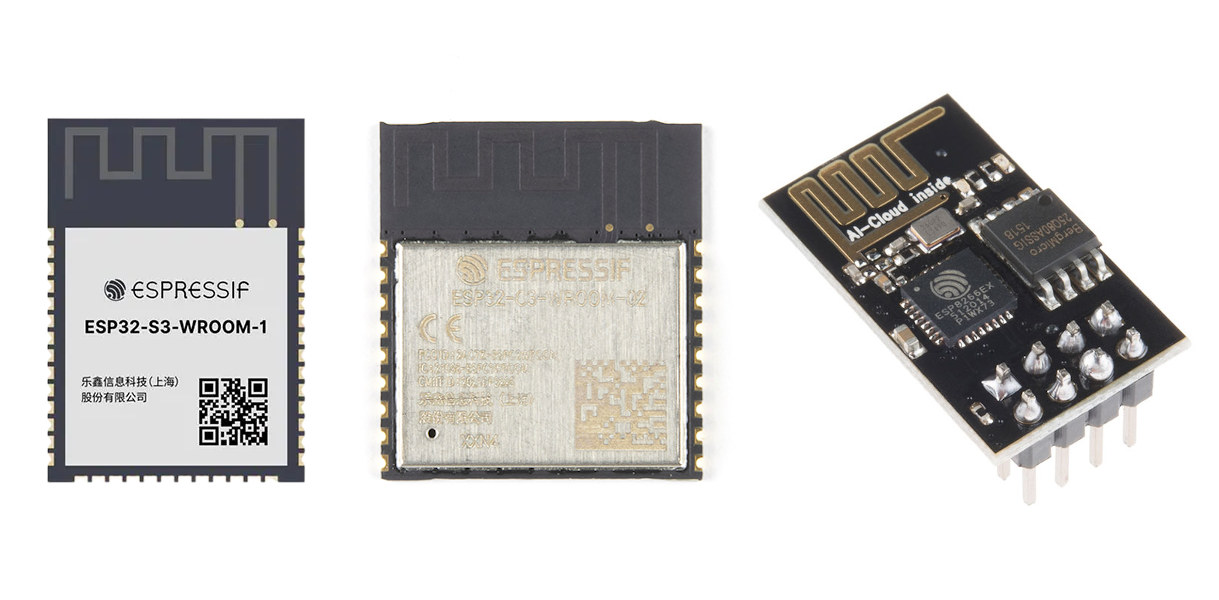Inkplate 6COLOR is a 5.8-inch color e-paper display equipped with ESP32 WiSoC to provide WiFi and Bluetooth LE connectivity, and programmable with the Arduino IDE or MicroPython. We’ve covered Inkplate ESP32-based e-paper displays since Inkplate 6 was launched in 2019, and since then the company introduced a larger model and an upgraded variant with a touchscreen display and higher resolution. But so far, all were grayscale models, and Inkplate 6COLOR is the first to come with color, or more exactly 7 colors. Inkplate 6COLOR specifications: Wireless module with dual-core ESP32 processor, Wi-Fi 4 & Bluetooth 4.0 (BLE) connectivity External storage – MicroSD card socket Display – 5.8-inch, 600 x 448 e-paper display with 7 colors (Black, White, Red, Yellow, Blue, Green, Orange) 128 DPI 25 seconds refresh time (manufacturer); tested by Inkplate: 10 to 11 seconds USB – 1x USB Type-C port for programming and power Expansion – Headers for […]
Review of GL.inet GL-S10 BLE to MQTT gateway with MQTT X open-source client
I started the review of GL.inet GL-S10 BLE to MQTT gateway in December by doing an unboxing and a teardown of the ESP32 gateway and BLE beacon provided. I’ve now had to play with the device and recommended app and software, and it took longer than expected since I encountered several issues during testing, most of which should now be resolved with new firmware, and documentation will be updated very soon. I mostly followed the steps from the detailed user manual for this review. The first time I did was to install the GL-S10 Tool App for Android, then power the gateway while pressing its button to enter pairing mode and soon enough the gateway was detected. Note you should probably not share the MAC address of your devices as there’s no security by default, and anybody would be able to access the information with the tools we’ll use below. […]
PB-03 – A Bluetooth LE 5.2 module for the Smart Home, wearables, IoT, etc… (Sponsored)
What changes does Bluetooth LE 5.2 (BLE 5.2) bring? Maybe PB-03 module can tell you. PB-03 is a BLE module developed by Shenzhen Ai-Thinker Technology based on PHY+ PHY6252 32-bit microcontroller (see PDF datasheet) that offers high integration and low power consumption down to 0.3uA in OFF mode, and is well suited to various applications such as IoT, mobile devices, wearable electronic devices, and smart homes. PB-03 module’s highlights Ai-Thinker PB-03 provides an upgrade to earlier PB-01/02 modules with the following highlights: MCU – PHY6252 microcontroller with 256KB flash, 64KB SRAM Supports BLE 5.2 and Bluetooth Mesh Equipped with an on-board PCB antenna Up to 2 Mbps data rate I/Os – UART, PWM, ADC, I2C, SPI, PDM, DMA, and up to 19 IOs. Security – AES-128 encryption hardware Power consumption (PHY6252) 0.3uA @ OFF Mode (IO wake up only) 1uA @ Sleep Mode with 32KHz RTC 3.5uA @ Sleep Mode […]
Silicon Labs BG24 and MG24 2.4 GHz wireless MCU’s quadruple AI performance at a fraction of the energy
Machine Learning is getting everywhere including into 2.4GHz wireless microcontrollers with SIlicon Labds BG24 Bluetooth and MG24 multi-protocol Cortex-M33 microcontrollers that improve AI/ML performance by 4 times using 1/6th of the energy thanks to a built-in AI accelerator. That makes the new microcontrollers suitable for battery-powered edge AI devices with support for Matter (coming soon) as well as PSA Level 3 Secure Vault protection. Silicon Labs expects the chips to be found in various smart home, medical and industrial applications. BG24 and MG24 share the same block diagram and the same specifications apart from the supported wireless protocols: MCU core – Arm Cortex-M33 @ 78.0 MHz with DSP instruction and floating-point unit Memory – Up to 256 kB RAM data memory Storage – Up to 1536 kB flash program memory Wireless CPU – Arm Cortex-M0+ 2.4 GHz Radio Performance -104.5 dBm sensitivity @ 250 kbps O-QPSK DSSS -104.9 dBm sensitivity […]
Bluetooth LE 5.0 module enables batteryless sensors thanks to Renesas RE01B MCU
RELOC RM-BE1 Bluetooth 5.0 module with embedded energy harvesting capabilities for batteryless sensors adds to the list of energy harvesting news we’ve written about since the beginning of the year, with UEI chip for remote controls, a devkit with a smart coffee cup, and Atmosic ATM33 BLE 5.3 chip. The RM-BE1 module is powered by Renesas RE01B Arm Cortex-M0+ Bluetooth microcontroller that leverages Renesas’ SOTB (Silicon on Thin Buried Oxide) process technology enabling ultra-low power. We’ve been told the chip can run at 35uA/Mhz with internal LDOs and <20uA/Mhz with additional external DCDCs, as well as around 600nA in standby mode. RELOC RM-BE1 module key features and specifications: MCU – Renesas RE01B Arm Cortex-M0+ microcontroller @ 64 MHz with 1.5MB flash, 256KB SRAM Connectivity Bluetooth LE 5.0 with Long Range (up to 400 m) and high data throughput (2 Mbps) support RF output power – Up to +4 dBm Receiver […]
Atmosic ATM33 – A Bluetooth LE 5.3 Cortex-M33 MCU with energy harvesting capabilities
Atmosic ATM33 is a Bluetooth LE 5.3 compliant Cortex-M33 microcontroller with optional energy harvesting capabilities that can enable up to 5x longer battery life and even battery-free solutions. The 64 MHz MCU also comes with 64 KB ROM, 128 KB RAM, 512 KB non-volatile memory, hardware security features, and SensorHub hardware block that allows data to be managed while the majority of the SoC, including the MCU core, is in a hibernated state. Atmosic ATM33 specifications: MCU core – Arm Cortex M33F core @ 64 MHz Memory/Storage 64 KB ROM, 128 KB RAM, 512 KB NVM Retention RAM configuration: 16 KB to 128KB in 16 KB step sizes Wireless Connectivity Bluetooth Low-Energy 5.3 compliant 2 Mbps, 1 Mbps 500 kbps, and 125 kbps PHY rates Supports Bluetooth Angle-of-Arrival (AoA) and Angle-of-Departure (AoD) direction finding Tx: 0 to 10dB 0.7mA receiver 16 MHz / Optional 32.768 kHz Crystal Oscillator Atmosic SensorHub […]
Wiliot Starter Kit for retailers features a smart coffee cup tracking temperature, fill level, location, etc…
Wiliot Starter Kit aims to demonstrate the ability of the Wioliot’s self-powered IoT Pixel and cloud services to retailers with a kit including a Coffee cup that’s capable of tracking liquid temperatures, fill level, motion, location changes, humidity, and proximity. The kit was previously only available to larger retailers through a “controlled release model”, but the company has now switched to an “open model” so that any retailers can use the technology to track products and packages. Let’s what’s included inside the start kit, and try to understand how the Wiliot solution works. Wiliot Starter Kit includes the following hardware: 1 x IoT Pixel-ready Coffee Cup 5 x Single-Band IoT Pixels mounted on cardboards 5 x Dual-Band IoT Pixels mounted on cardboards 1 x Single-Band Bridge Device 1 x Dual-Band Bridge Device You’ll also get 6 months of Wiliot Cloud Services, access to the Wiliot community forum & support Portal, […]
A comparison of ESP32-S3, ESP32-C3 and ESP8266 modules
The ESP32-S3 chip is equipped with an Xtensa 32-bit LX7 dual-core processor clocked at up to 240 MHz, supports 2.4 GHz Wi-Fi and Bluetooth 5 LE, and boasts AI instructions, as well as a reliable security encryption engine, specially built for the AIoT market. Modules based on the ESP32-S3 processor bring many benefits to designers with support for Bluetooth Long Range mode, plenty of resources with 512 KB SRAM (TCM), 45 programmable GPIO pins, and rich communication interfaces. They can also handle high-speed Octal SPI flash with higher capacities, as well as off-chip PSRAM. So, what are the differences between the new ESP32-S3 modules, and typical ESP32-C3 and ESP8266 modules? Let’s find out. Jean-Luc Aufranc (CNXSoft)Jean-Luc started CNX Software in 2010 as a part-time endeavor, before quitting his job as a software engineering manager, and starting to write daily news, and reviews full time later in 2011. www.cnx-software.com


